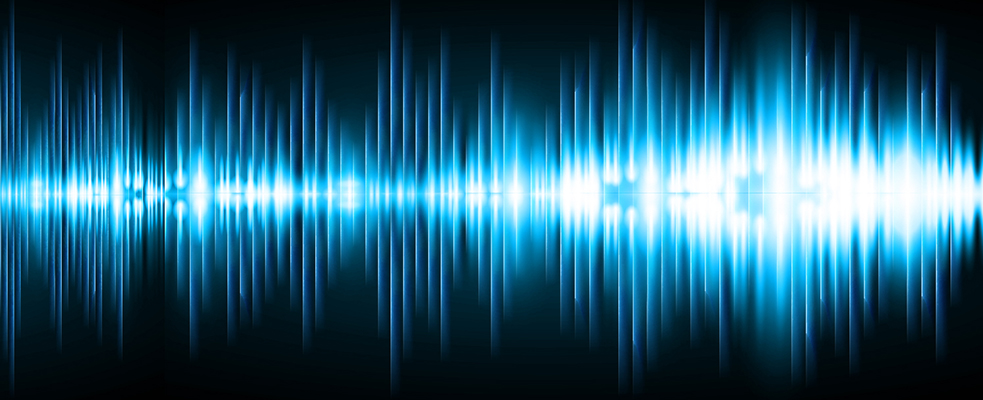

New in the Bruker User Library: Looped PROjective SpectroscopY applied to 15N-1H HMQC-NOESY
A new contribution to our online user library (The Resonance Exchange) has just been made available by Mihajlo Novakovic, Samuel F. Cousin, Michael J. Jaroszewicz, Rina Rosenzweig and Lucio Frydman from the Weizmann Institute of Science, translated to Bruker with the help of Drs. Greg Olsen, Ēriks Kupče and Maksim Mayzel.
Nuclear Overhauser Effect (NOE), a result of dipole-dipole cross-relaxation phenomena, lies at the center of structural determinations by NMR. Relatively low sensitivity, as off-diagonal cross-peaks carrying the structurally relevant information only involve a small fraction of the total magnetization, was always one of the NOESY’s known weaknesses. In this experiment we introduce a simple and effective approach dubbed looped PROjected SpectroscopY,1 capable of enhancing the NOE cross-peaks between spectrally distinct groups in proteins (e.g., amide and aliphatic resonances) by sizable factors. The enhancement is based on repeating a selective NOE’s Ramsey perturbation multiple times using shorter mixing time which breaks amide-aliphatic decoherences, resets the initial NOE buildup slope allowing monotonic increase of the cross-peaks and enhancements of 2-5x in the observable cross-peaks. The observed L-PROSY cross-peaks are enhanced but remain structurally reliable, as proven by various simulations and experimental calculations.
We provide here a user-friendly implementation of L-PROSY principle into 15N-1H HMQC-NOESY experiment. The pulse program code supports the use of WaveMaker (included in TopSpin 3.5 and above) for setting the shaped pulses (excitation, refocussing and water flip-back) and relevant 15N and 13C decoupling parameters automatically.
Besides the applications here considered, the L-PROSY concept can be exploited in many additional solution and solid state NMR settings: it can be used to enhance heteronuclear and homonuclear transfer processes, and to magnify the effects of spin diffusion and of chemical exchange. Its enhancements can also benefit an array of chemical systems beyond proteins, including small molecules, polysaccharides, nucleic acids, paramagnetic species and quadrupolar nuclei. L-PROSY can be employed also in 3D NMR schemes similar to the ones here assayed where sensitivity is of even greater importance.
The Bruker online User Library, the Resonance Exchange is an online platform that allows Bruker users to share their latest developments. The User Library can be accessed on www.bruker.com/en/services/bruker-user-library.html. The readers are encouraged to share their own latest developments with the vast community of the Bruker users via the Resonance Exchange.
References:
[1] M. Novakovic, S. F. Cousin, M. J. Jaroszewicz, R. Rosenzweig and L. Frydman, J. Magn. Reson., 2018, 294, 169–180.